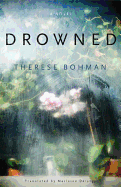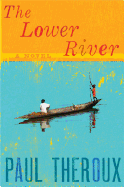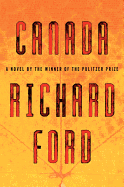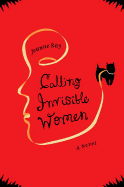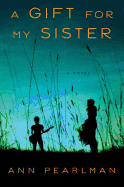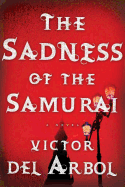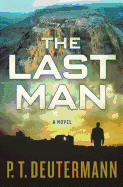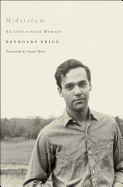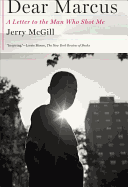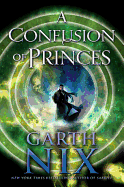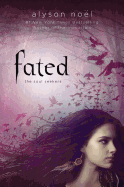 Fans of Jeanne Ray's warmhearted, funny, smart novels will celebrate Calling Invisible Women (see our review below), her first book in six years, and will be reminded of her 2000 debut, Julie and Romeo, the romantic tale of feuding florists in contemporary Boston who find true love amid the roses.
Fans of Jeanne Ray's warmhearted, funny, smart novels will celebrate Calling Invisible Women (see our review below), her first book in six years, and will be reminded of her 2000 debut, Julie and Romeo, the romantic tale of feuding florists in contemporary Boston who find true love amid the roses.
As in her four earlier works, Ray writes about her characters with affection. Mothers-in-law are well-meaning and sometimes heroic; a pouty teen is "just unhappy, but will be a nice person some day."
Clover, the protagonist of Calling Invisible Women, discovers she has disappeared and realizes that her family, who hasn't really noticed her for quite some time, doesn't miss her physical presence.
From this unlikely premise Ray unfolds a credible plot--a combination of common drugs prescribed to "women of a certain age" is to blame, and Clover, along with her newfound invisible friends, determines to bring the pharmaceutical company to task.
Clover sees the best in people, even when she realizes she's peripheral to their lives. Her down-to-earth likability adds to the laugh-out-loud humor of the novel, and Ray's perspective underscores this appeal. "I want so much to write things that show respect for all ages," Ray observed.
Clover's mother-in-law, Irene, is an energetic yoga teacher who balances the inattentiveness of Clover's loving but overworked pediatrician husband. Her son has returned home after college, but is busy job hunting. Her daughter, a self-absorbed Ohio State cheerleader, "is just learning, not mean," Ray said.
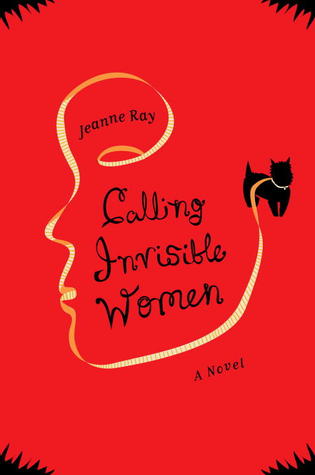 As in her other work, the heroine of Calling Invisible Women is a "woman of a certain age," a categorization Ray does not see as pejorative. "Age is nothing to be ashamed of! It's like saying 'adolescent'--it's not always flattering but that's the way it is!
As in her other work, the heroine of Calling Invisible Women is a "woman of a certain age," a categorization Ray does not see as pejorative. "Age is nothing to be ashamed of! It's like saying 'adolescent'--it's not always flattering but that's the way it is!
"Irene is the quintessential crone; a wise woman, a beautiful human being who teaches and loves. She's the woman I'm writing the books for." Typically, both men and women enjoy Ray's work, and among early readers of this novel was one "very bright man more than 80" who loved it, which thrilled the author.
As a child Ray read comic books and enjoyed characters with supernatural powers: Spiderman, Wonder Woman, Batman--characters who used their powers for good. "Wouldn't it be fun to be invisible?" she mused, which led to the idea for the novel. "At first Clover finds this very traumatic, then comes to realize it has its advantages!"
The theme of underappreciated homemakers is at the heart of the novel, but it isn't an agenda, Ray said. "It just seems to be the way of our society that women end up doing the household tasks. In the novel Clover accepts this, doesn't feel sorry for herself, and deals with it."
Drawing on her 40-year nursing career, Ray creates her characters from the many people she's known. She worked for a physician for 15 years, seeing the same patients repeatedly, and noted, "It's such a good way to get to know fellow human beings. (One character in Calling Invisible Women is transplanted from Ray's life: Red, Clover's Cairn terrier, is really the Ray family dog.) After the success of Julie and Romeo, she worked part-time in nursing, then realized she couldn't do both at the same time and do them well, so she left nursing to write full time.
It's a coincidence that pharmaceutical companies are skewered in both Ray's novel and her daughter Ann Patchett's State of Wonder. "It just turned out that way," although the drug industry is "not our favorite thing," she said.
Ray and her husband live in Nashville, Tenn., where Patchett opened Parnassus Books last year. Does she visit the store often? "Once a week I go with Ann while she signs her books. I open them for her; I'm her flapper. I'm not qualified to be a bookseller," she laughs. "I know the alphabet so I could probably shelve, but I can't work the cash register!" --Cheryl Krocker McKeon, bookseller
Jeanne Ray: Being Invisible
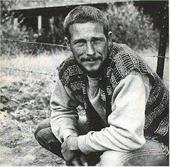 Kerouac may be a rite of passage when we're young, but Snyder and I are growing old together. My collection of his works is bookended by a copy of Riprap, & Cold Mountain Poems I bought in 1970 and a new edition of The Practice of the Wild, published by Counterpoint in 2010.
Kerouac may be a rite of passage when we're young, but Snyder and I are growing old together. My collection of his works is bookended by a copy of Riprap, & Cold Mountain Poems I bought in 1970 and a new edition of The Practice of the Wild, published by Counterpoint in 2010.


 Fans of
Fans of  As in her other work, the heroine of Calling Invisible Women is a "woman of a certain age," a categorization Ray does not see as pejorative. "Age is nothing to be ashamed of! It's like saying 'adolescent'--it's not always flattering but that's the way it is!
As in her other work, the heroine of Calling Invisible Women is a "woman of a certain age," a categorization Ray does not see as pejorative. "Age is nothing to be ashamed of! It's like saying 'adolescent'--it's not always flattering but that's the way it is! As I cradled the page proofs, anguish engulfed me. For a few fleeting seconds, I recalled the decade that I had poured into those words, sentences and paragraphs, and the cost of my devotion--the sleepless nights, the strained relationships, the hours not spent with my daughter. Magnifying my reaction was an acute awareness of disturbing events that my book describes: the murder of children, the destruction of animals, the silencing of the powerless. I will never forget the intensity of that moment, because it taught me an important lesson about my creative self. For me, the writing of history involves the experience of pain.
As I cradled the page proofs, anguish engulfed me. For a few fleeting seconds, I recalled the decade that I had poured into those words, sentences and paragraphs, and the cost of my devotion--the sleepless nights, the strained relationships, the hours not spent with my daughter. Magnifying my reaction was an acute awareness of disturbing events that my book describes: the murder of children, the destruction of animals, the silencing of the powerless. I will never forget the intensity of that moment, because it taught me an important lesson about my creative self. For me, the writing of history involves the experience of pain. Since
Since  Book you're an evangelist for:
Book you're an evangelist for: